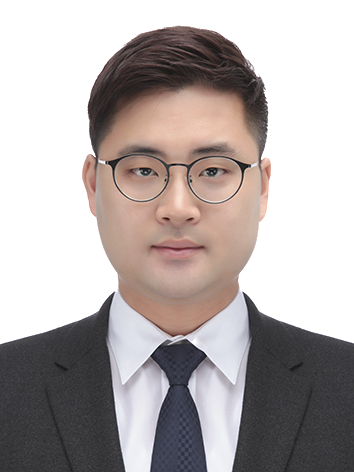Automated Assessment of Image Sharpness Degradation in Iterative CT Reconstruction Techniques: Vessel-Sharpness in Contrast-Enhanced Liver
M Chun1*, H Jin1, S Kim2, WK Jeong3, C Heo2, J Kim1, 2, (1) Seoul National University Hospital, Seoul, KR, (2) Seoul National University, Seoul, KR (3) Samsung Medical Center, Seoul, KR
Presentations
TU-IePD-TRACK 1-4 (Tuesday, 7/27/2021) 3:00 PM - 3:30 PM [Eastern Time (GMT-4)]
Purpose: Iterative CT reconstruction techniques were often accompanied with the degradation of lesion sharpness. In this study, we developed a quantitative vessel sharpness measurement techniques and compared them with the previous slope estimation method in contrast-enhance liver CT.
Methods: After IRB approval, a total of 120 CT images were acquired. The CT images were scanned with four scanners of GE Discovery CT750 HD (GE), Ingenuity CT (Philips), Definition Flash (Siemens), and Aquilion One (Canon). For a given image, the structure coherence feature was firstly calculated which is consisted of an edginess feature to represent the likelihood of a pixel being located on an anatomical structure and the randomness of the pixel orientation to signify the absence of an anatomical structure. The outline of enhanced vessel was drawn, and then was dilated with structural element of 7 pixels. An average of structure coherence feature for this region was defined as edge sharpness. To demonstrate the efficacy of suggested algorithm, the median slope value of the least squares regression line fit was obtained in the same edge profile. The correlation between two sharpness was analyzed. Fully automated sharpness measurement contains segmentation of candidate liver mask, adopting regions with structure coherence feature greater than the 70th percentile, and defining the representative sharpness as an average of structure coherence features on the segmented edges. The mean sharpness in FBP and iterative reconstruction image was compared.
Results: For 120 FBP images, the Pearson correlation coefficient between manual and automated sharpness was 0.844. Compared to the FBP images, the mean sharpness was degraded in each vendor’s iterative reconstruction algorithm by 17.8%, 16.3%, 9.8%, and 26.0% for GE, Philips, Siemens, and Canon, respectively.
Conclusion: Degradation of image sharpness in iterative CT reconstruction techniques could be quantified automatically by using our proposed vessel sharpness measurement technique.
Funding Support, Disclosures, and Conflict of Interest: This work was supported by the Korea Medical Device Development Fund grant funded by the Korea government (the Ministry of Science and ICT, the Ministry of Trade, Industry and Energy, the Ministry of Health & Welfare, the Ministry of Food and Drug Safety) (Project Number: KMDF_PR_20200901_0267, 9991006932)
ePosters
Keywords
Not Applicable / None Entered.
Taxonomy
Not Applicable / None Entered.
Contact Email



